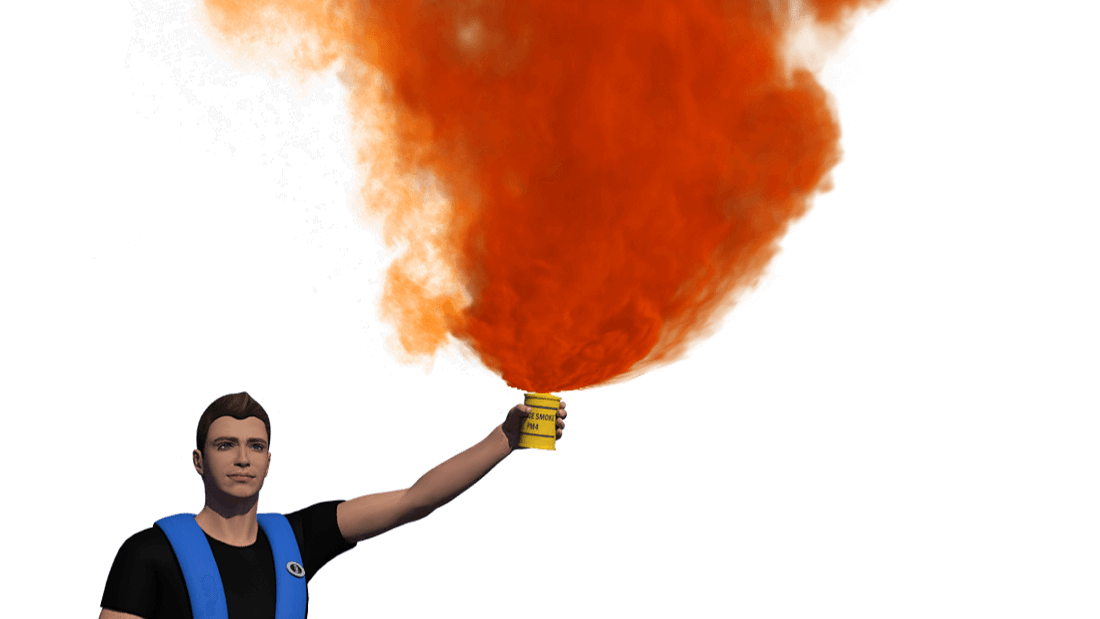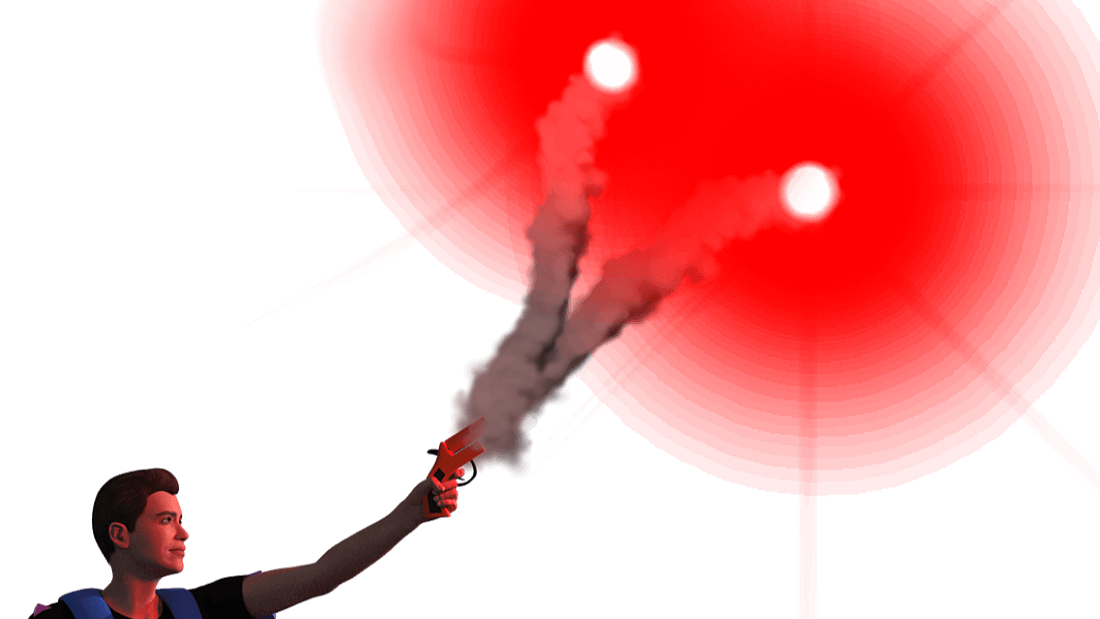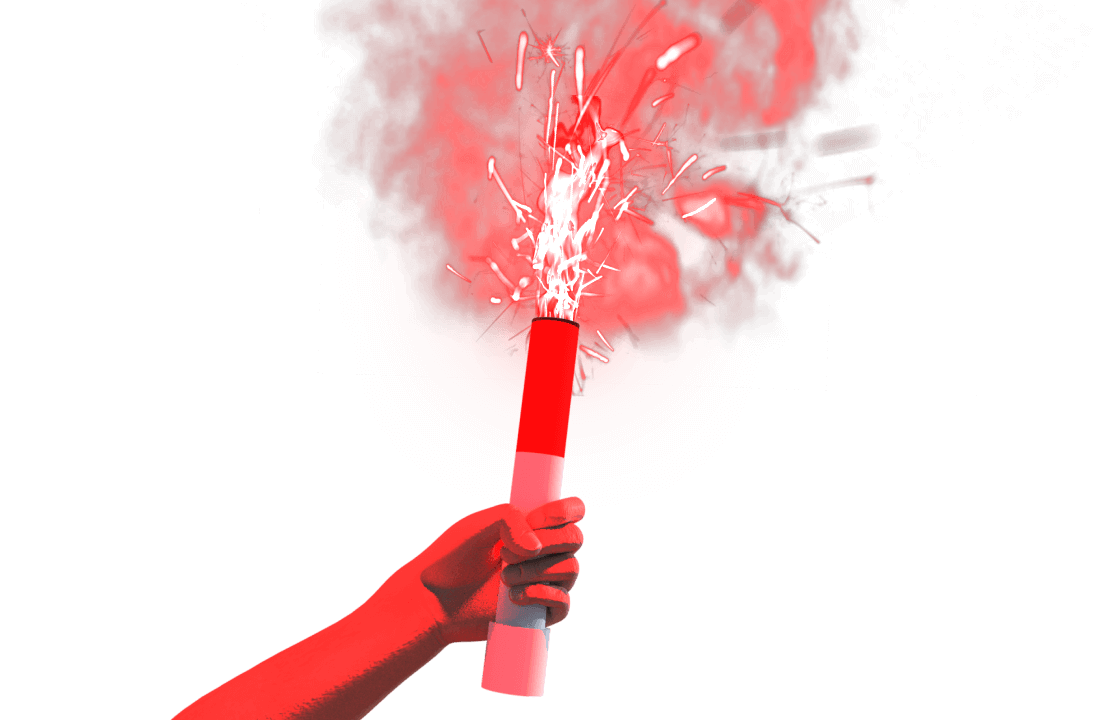Boat distress flare Types - Distress signals

What is the meaning of distress flare?
A distress flare is a pyrotechnic device that is used to signal for help in emergency situations. Distress flares are commonly used by boaters and sailors who find themselves in distress or need immediate assistance. Use flares only in an emergency.




What is a common feature of all distress flares?
A common feature of distress flares is that they are valid four years from the date of manufacture, which is stamped on every flare. Ask the manufacturer how to dispose of your outdated flares.
What should you do before using distress flares?
Always read the manufacturer’s instructions before using flares as a safety measure. Aerial flares should be fired at an angle into the wind. If the wind is strong, the firing angle must be reduced.
When buying distress flares, look for a Transport Canada (Canadian Coast Guard) approved stamp or label.
Visual signals are not required for boats up to 6m and for human-powered boats. Distress flares are not required for a boat that will never be more than one nautical mile (1.852 km) from shore, has no sleeping quarters or is engaged in an official competition or in final preparation for an official competition.
How many flares should be on board a boat?
Having flares on board is essential safety equipment for boats, and the quantity required is determined by the boat's size.
For boats measuring 6 meters or less, 3 flares are needed, excluding smoke signals.
Boats between 6 meters and 9 meters should have 6 flares, excluding smoke signals.
For boats between 9 meters and 12 meters, a minimum of 12 flares is required, with at least half not being smoke signals.
Boats over 12 meters should also have 12 flares, with at least half not being smoke signals.
What are the 4 types of distress flares?
The rocket parachute flare (Type A)

- creates a single red star;
- rocket parachute flare produces a single bright red star that shoots about 300 meters into the sky and slowly falls down;
- is easily seen from the ground or air; and
- burns for at least 40 seconds.
Smoke Signal (Type D)

-
creates a dense orange smoke;
-
is most effective for daytime use.
The multi-star flare (Type B)

- creates two or more red stars;
- the multi-star flare produces a single bright red star that shoots about 300 meters into the sky and slowly falls down
- is easily seen from the ground or air.
The hand flare (Type C)

- is a red flame torch you hold in your hand;
- provides limited visibility from the ground;
- is best used to help air searchers locate you; and
- burns for at least one minute.
The size of the pleasure craft determines the equipment required. Have a look on the boating safety equipment required for your boat.
Where should distress flares be stored?
Flares should be located within reach and stored vertically in a cool, dry place(such as a watertight container) to keep them in good working condition.
When should flares be used?
Flares are designed to call for help in times of immediate or potential danger, and should only be ignited when necessary. Visual distress signals are most effective when they can be seen by others, so it is important to use pyrotechnic devices only when there is a boat, airplane, or someone on shore who can spot your signal and assist. Using good judgment is crucial for effectively utilizing visual distress signals.
